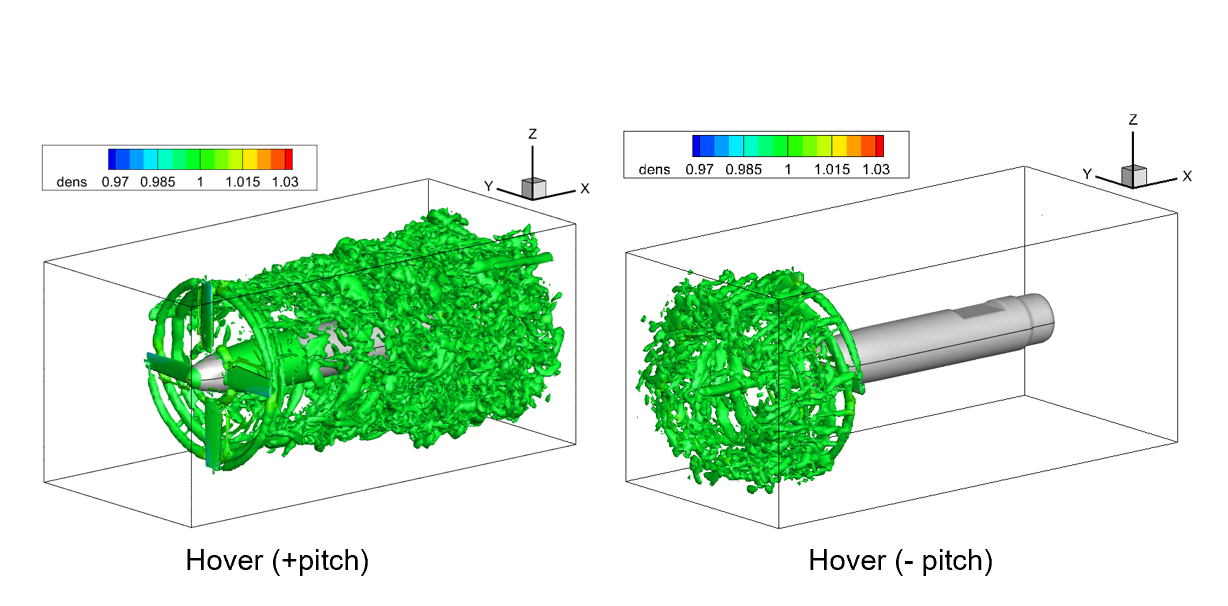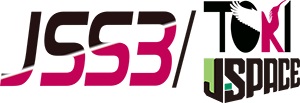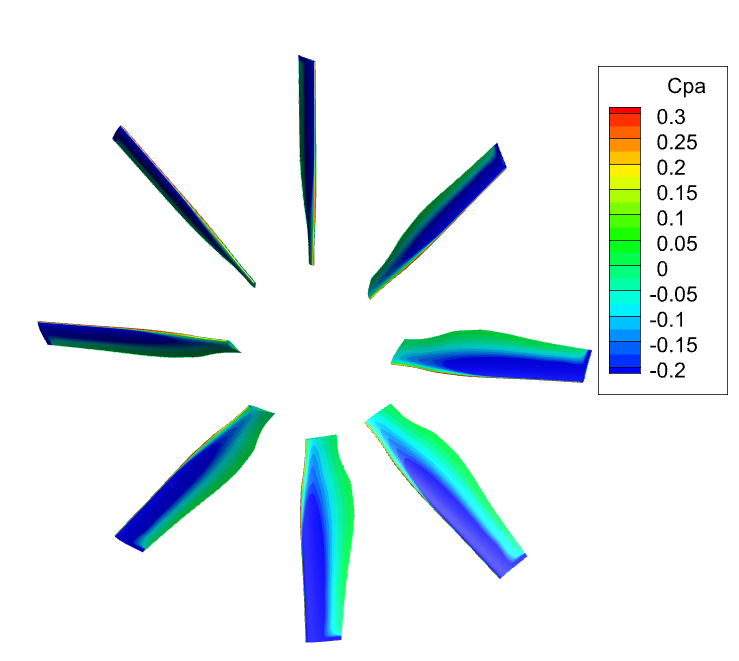Optimal design of propellers for compound helicopters
JAXA Supercomputer System Annual Report February 2022-January 2023
Report Number: R22EDA201C21
Subject Category: Aeronautical Technology
- Responsible Representative: Hitoshi Arizono,Aeronautical Technology Directorate, Aviation Environmental Sustainability Innovation Hub Aeronautical Technology Directorate
- Contact Information: Keita Kimura(kimura.keita@jaxa.jp)
- Members: Fumihiro Kajiwara, Keita Kimura, Masahiko Sugiura, Hideaki Sugawara, Yasutada Tanabe
Abstract
The objective of this study is to implement the optimal design of side and tail propellers for JAXA’s proposed compound helicopter. The shapes are optimized to meet the design target flight conditions, and performance evaluation will be conducted in the process by CFD. The side propellers are designed to maintain hovering performance while satisfying the requirements of high-speed forward flight, and the tail propeller is designed to achieve twice the speed of a conventional helicopter. This year, we analyzed the performance of the optimized side propellers and designed the tail propeller.
Reference URL
N/A
Reasons and benefits of using JAXA Supercomputer System
In the optimal design of propeller blades, it is necessary to conduct performance analysis of a large number of shapes within a set design variable space. In order to perform this concurrently, it is essential to utilize the computational power of a supercomputer.
Achievements of the Year
This year, two major analyses were conducted: the first was a performance analysis of the optimal side propeller designed last year, which corresponds to the wind tunnel test conducted this year; the second was a performance analysis of the optimal design of a tail propeller for a high-speed compound helicopter. This report presents the results of each of these analyses.
Figure 1 shows a schematic diagram of the CFD analysis simulating the wind tunnel test rig used to verify the performance of the side propeller (hovering). During hovering, the side propeller must generate thrust forward in the forward direction and backward in the reverse direction to compensate for the anti-torque of the main rotor, requiring a very large pitch range of motion. The figures show the propeller wake in positive pitch and reverse pitch, respectively, indicating that the direction of thrust generation is different for each.
Figure 2 illustrates an example of tail propeller analysis. It shows the pressure distribution during high-speed forward flight, and it can be read that the thrust is generated by a large negative pressure. This is a design proposal with a large solidity to accommodate high-speed flight.

Fig.1: Visualization of side propeller wake during hovering (left: positive pitch, right: reverse pitch)
Publications
N/A
Usage of JSS
Computational Information
- Process Parallelization Methods: N/A
- Thread Parallelization Methods: OpenMP
- Number of Processes: 1
- Elapsed Time per Case: 100 Hour(s)
JSS3 Resources Used
Fraction of Usage in Total Resources*1(%): 0.33
Details
Please refer to System Configuration of JSS3 for the system configuration and major specifications of JSS3.
| System Name | CPU Resources Used(Core x Hours) | Fraction of Usage*2(%) |
|---|---|---|
| TOKI-SORA | 2667755.00 | 0.12 |
| TOKI-ST | 1811628.39 | 1.81 |
| TOKI-GP | 0.00 | 0.00 |
| TOKI-XM | 0.00 | 0.00 |
| TOKI-LM | 0.00 | 0.00 |
| TOKI-TST | 52986.89 | 1.40 |
| TOKI-TGP | 0.00 | 0.00 |
| TOKI-TLM | 0.00 | 0.00 |
| File System Name | Storage Assigned(GiB) | Fraction of Usage*2(%) |
|---|---|---|
| /home | 101.66 | 0.09 |
| /data and /data2 | 13466.11 | 0.10 |
| /ssd | 654.15 | 0.09 |
| Archiver Name | Storage Used(TiB) | Fraction of Usage*2(%) |
|---|---|---|
| J-SPACE | 0.00 | 0.00 |
*1: Fraction of Usage in Total Resources: Weighted average of three resource types (Computing, File System, and Archiver).
*2: Fraction of Usage:Percentage of usage relative to each resource used in one year.
ISV Software Licenses Used
| ISV Software Licenses Used(Hours) | Fraction of Usage*2(%) | |
|---|---|---|
| ISV Software Licenses(Total) | 0.00 | 0.00 |
*2: Fraction of Usage:Percentage of usage relative to each resource used in one year.
JAXA Supercomputer System Annual Report February 2022-January 2023



